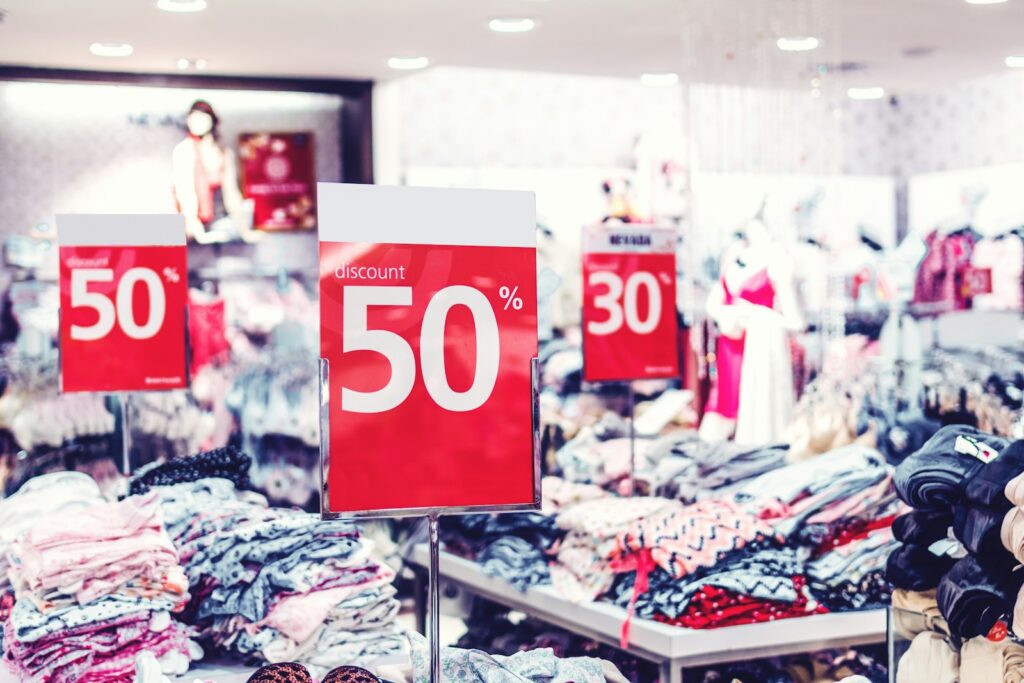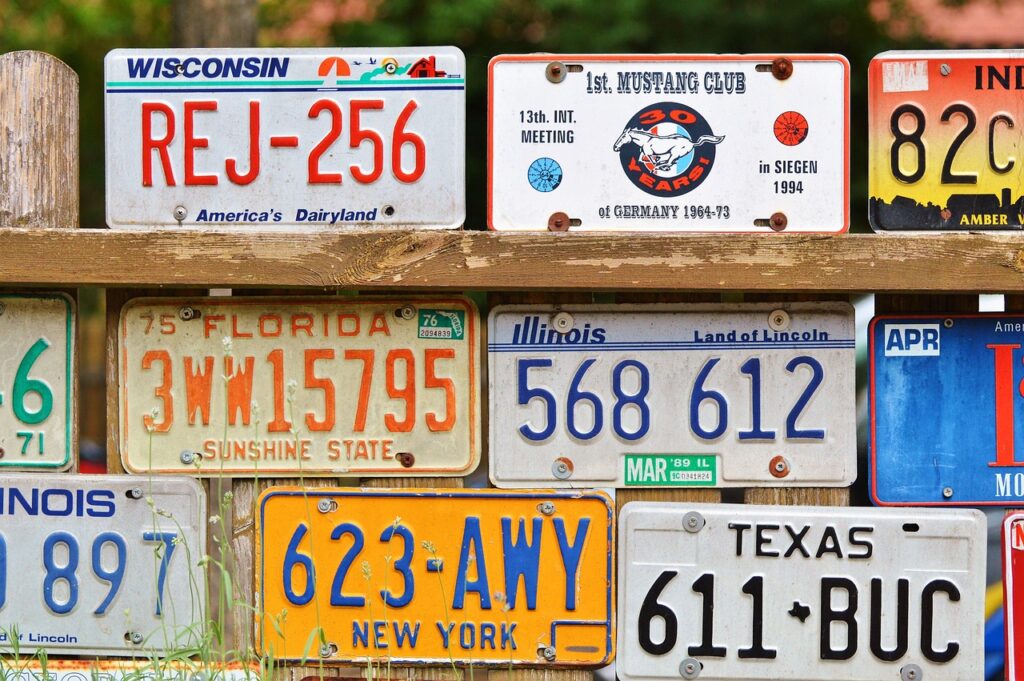Alright, let’s talk about Gen Z. If you’re a brand, or honestly, just someone trying to figure out what’s next, you absolutely HAVE to get a handle on this generation. They’re not just the kids anymore; they’re rapidly becoming the power players in the market, and they do things differently. Seriously different.
Forget everything you thought you knew about how young people spend money. Gen Z has grown up in a world saturated with technology, social media, and economic uncertainty, and it’s shaped their habits in fascinating ways. From where they shop to *why* they buy, they’re rewriting the rulebook. And if you’re not paying attention, you’re already behind.
We’re going to dive deep into the data, straight from the latest reports, to pull back the curtain on what makes Gen Z tick when it comes to their wallets. Get ready, because understanding these shifts isn’t just interesting – it’s essential for anyone looking to connect with the next wave of consumers. Let’s break down the first half of the game-changing trends defining Gen Z spending.

1. **The Sheer Financial Muscle**
Okay, let’s kick this off with some seriously impressive numbers. Gen Z already represents $450 billion in spending power right now. Yes, you read that right – $450 BILLION. That’s according to Snapchat, and it’s a figure that should make any brand sit up and take notice. These are young people, many still finding their footing, but they’ve already amassed a significant amount of economic clout.
But wait, there’s more! This is just the beginning. Their global purchasing power is expected to absolutely skyrocket, reaching a staggering $12 trillion by 2030, according to NIQ. That’s trillion with a ‘T’! This isn’t just pocket money anymore; this is serious market influence that is only going to grow exponentially over the next few years as they enter their prime earning years. Brands need to start building relationships with this group now if they want a piece of that future pie.

2. **More Than Just Kids**
Beyond just their spending power, Gen Z is a massive demographic force. They currently account for a full 25% of the global population, making them already larger than the Millennial generation. Think about that – one in four people on the planet belongs to this group. And they’re not just consumers; they’re rapidly integrating into the workforce.
By 2031, Gen Z is projected to represent a significant 31% of the US workforce, according to Oliver Wyman. While Millennials will still hold a larger share, Gen Z is set to overtake Boomers and Gen X in the workplace over the next decade. This growing presence in the workforce directly translates to increased earning potential and, consequently, increased spending power. They’re shaping not just the consumer landscape but the professional one too.

3. **The Digital Natives Are Shifting Online Dominance**
It might not be a shock that the generation who grew up with smartphones practically in their hands prefers shopping online, but they’re set to hit a major milestone soon. By the end of 2025, online shoppers from Gen Z are expected to actually outnumber those in Gen X, according to eMarketer. Right now, Gen X still holds the lead in digital spending, likely due to higher accumulated wealth.
However, Gen Z’s sheer numbers and comfort with digital platforms mean this dynamic is rapidly changing. As more of Gen Z enter the workforce and their earning power grows, their online spending is projected to surge past that of their older counterparts. This highlights the absolute necessity for brands to optimize their online presence and e-commerce experiences for this digitally fluent generation.

4. **Money In Their Pockets (From More Than Just Allowance!)**
So, where is all this spending power coming from? While many Gen Zers are still young, they’re already earning and managing significant amounts of money. Bloomberg reports that Gen Z has a whopping $360 billion in disposable income. And get this – only $57 billion of that comes from allowances. The vast majority is earned through employment.
Drilling down further, Gen Z collectively earns $229 billion in wages each year, according to Gen Z Planet. The lion’s share of this, $193.6 billion, is earned by those over the age of 20. Even the younger members, aged 16 to 19, are contributing a substantial $35.1 billion in wages annually. This isn’t a generation waiting for permission to spend; they’re earning their own way and making their own choices, which gives them significant independence in their purchasing decisions.

5. **Social Media Isn’t Just for Memes: It’s How They Follow Brands**
If you want to reach Gen Z, you absolutely have to be on social media. This isn’t just about running ads; it’s about building a presence that they want to connect with. A massive 61% of Gen Z actively follow brands on social media, according to Survey Monkey. Compare that to just 34% of consumers in older generations.
This isn’t just a casual ‘like’ here and there. It indicates a genuine interest in engaging with brands through social platforms. They’re looking for updates, connecting with the brand’s identity, and staying informed. For brands, this means social media is a vital channel not just for marketing, but for cultivating a relationship and building loyalty with this audience. It’s their digital stomping ground, and brands need to be there too.

6. **Standing for Something: Values and Social Stances**
Beyond the basics of price and convenience, Gen Z is actively looking at what brands stand for. Forget just selling a product; this generation wants to know you have a soul! A full 50% of Gen Z believes companies should take a stance on social issues. That’s way higher than older generations – for comparison, only 25% of Boomers feel the same way. This isn’t just a passive hope; it’s an expectation baked into their consumer decisions.
And they’re pretty clear on the issues that matter most. Racial justice leads the pack, with a huge 69% wanting companies to take a stance. LGBTQ+ rights are important to 50%, gender inequality to 46%, and climate change to 42%. For brands, this creates a fascinating, and sometimes tricky, balancing act. Staying silent isn’t really an option if you want to connect deeply with this group, but navigating these issues requires genuine commitment and careful communication.

7. **The Sustainable & Second-Hand Boom**
Being eco-friendly isn’t just a trend for Gen Z; it’s increasingly a way of life reflected in their shopping habits. A solid 68% of Gen Z consider themselves eco-friendly shoppers. They are not only more conscious but also more willing than any other generation to put their money where their values are, happy to pay 50% or even 100% more for sustainable products. They are looking closely at the materials brands use and their ethical practices as key indicators.
This consciousness is fueling the massive rise of recommerce. An incredible 80% of Gen Z buy things second hand. They’re also dipping their toes into the rental market, with 55% having rented clothing. This movement away from fast fashion and constant consumption is projected to make the second-hand clothing market worth $84 billion by 2030, completely eclipsing the fast fashion market’s expected $40 billion.
The reasons behind this shift are a powerful combination of pragmatism and principles. While saving money is a big driver (64% buy second-hand for financial reasons), concerns for sustainability and the environment are also significantly higher for Gen Z compared to older generations (36% buy second-hand for the environment). It’s a practical choice that aligns perfectly with their values.

8. **Discovering What’s Next: Their Unique Paths to Products**
Forget traditional advertising channels; Gen Z finds stuff in their own digital playgrounds. Social media is their undisputed champion for product discovery, with 71% most often finding new products there and 47% using it as inspiration for shopping. Short-form video, like TikTok and Instagram Reels, is their preferred way to stumble upon cool new things on social media (41%). And it works – 58% of Gen Z have bought something they saw on social media, with 28% even buying directly from social media apps multiple times.
But it’s not just social scrolls! Good old-fashioned web search is still incredibly important, with 42% finding new products by searching the web, and 50% most often using search engines, typically on their mobile phones. Speaking of phones, 74% of Gen Z actually prefer shopping on their mobile devices over any other. So, brands, your mobile optimization game needs to be on point!
When it comes to researching products before hitting “buy,” YouTube is the most popular site across all generations, but Gen Z uses it the most (47%). And guess what? TikTok is rapidly becoming a research tool too, with 17% of Gen Z using it for this purpose – far more than any other generation. While older folks might still lean on Facebook for research (21% of Gen Z use Facebook for research vs 29% on Instagram), Gen Z is showing a clear preference for video-first platforms like YouTube and TikTok when they’re digging into potential purchases.

9. **Shopping Experience: It Better Be Fast, Customized, and offer Value**
When Gen Z decides to shop, they prioritize speed and ease above almost everything else. Convenience is a major driver for online shopping (30%), but the actual checkout process matters hugely too. A quick and easy checkout is the most important feature of the shopping experience for 46% of Gen Z, closely followed by fast shipping (45%) and the ability to get anything in-store immediately (39%). Interestingly, customer service, a key focus for older generations, is only considered important by 27% of Gen Z. This highlights their comfort with solitary, efficient digital transactions.
Making products their own is also a huge pull. A remarkable 75% of Gen Z are more likely to purchase something if they can customize it. In a world where they are constantly bombarded with content and trends, the ability to personalize a product helps them express their individuality and stand out from the crowd. Brands offering customization options are definitely speaking their language.
While they value speed and personalization, Gen Z is also incredibly savvy about getting a good deal. Price is the most important factor determining where 60% of Gen Z spend their money. They are expert value hunters, with 80% admitting they wait for a desired item to go on sale before purchasing it. This price consciousness, possibly shaped by growing up during economic uncertainty, also drives them towards discount or off-price retailers, where 48% most often shop. Despite their love for digital convenience, they are also the generation most likely (44%) to visit physical stores for shopping inspiration.

10. **What’s In Their Carts: Unique Spending Categories**
When Gen Z decides to splurge, their choices reveal a fascinating contrast with older generations. While electronics are a popular splurge across the board (52% Gen Z prioritize technology splurges), Gen Z’s second and third choices diverge significantly. They are far more likely to splurge on health and wellness products (37%) and personal care items like cosmetics (36%), whereas older generations lean towards travel, experiences, dining out, or home goods. Their current aversion to travel splurges might change as they age, but for now, self-care and digital gear are high priorities.
Overall, their top spending categories also highlight their unique focus. Fashion reigns supreme, with 46% spending more on clothing than anything else in 2022, and 75% of their purchases overall falling into the fashion industry. This is linked to their high engagement with social media, with 49% buying more clothing specifically because of social platforms. Beauty and personal care is another major category, being the top spend for 30% of Gen Z and 57% of Gen Z women buying more skincare due to social media.
Interestingly, despite their rising spending power, Gen Z isn’t flocking to high-end brands just yet. Just 9% most often shop at luxury retailers. Instead, they lean heavily towards discount or off-price retailers (48% most often shop here), reinforcing their value-conscious approach. They also enjoy purchasing things that display their beliefs (36%), linking their spending back to their core values.

11. **The Content Creator Connection: How Influencers Shape Spending**
While family and friends remain the most trusted sources for product recommendations across all ages, Gen Z is the most likely generation to turn to influencers, with 11% considering them their most trusted source. This is a significant leap from older generations, where this figure drops dramatically (3% of Gen X, 0% of Boomers!). And the influence is real: a hefty 58% of Gen Z have bought something based off an influencer’s recommendation.
This generation grew up with digital content creators, and many even see themselves in this light – 30% consider themselves content creators and 26% influencers (though most have small followings). They aren’t just passively consuming; they understand the landscape. Crucially, they demand authenticity. A massive 78% believe marketing videos, including those from influencers, should feel relatable and real, not overly polished.
It’s interesting to note that while influencer power is high, the pull of traditional celebrities might be slightly less potent for Gen Z than for Millennials. Only 16% of Gen Z agreed that their favorite purchases were worn or used by famous people, compared to 21% of Millennials. This could suggest that the relatability and perceived authenticity of influencers resonate more strongly than the aspirational distance of traditional stars, further highlighting the unique digital-first perspective of this generation when it comes to who and what influences their wallets.
So there you have it! Gen Z isn’t just a new wave of consumers; they’re a force reshaping the market with their values, digital fluency, and savvy approach to spending. Brands that understand these nuances – from their ethical expectations and sustainability demands to how they discover products on TikTok and what they prioritize in the checkout line – are the ones who will truly connect and thrive in the years to come. Ignoring this generation’s unique characteristics isn’t an option; it’s a surefire way to miss out on the future of retail. Get ready to adapt, because Gen Z is already leading the way!





